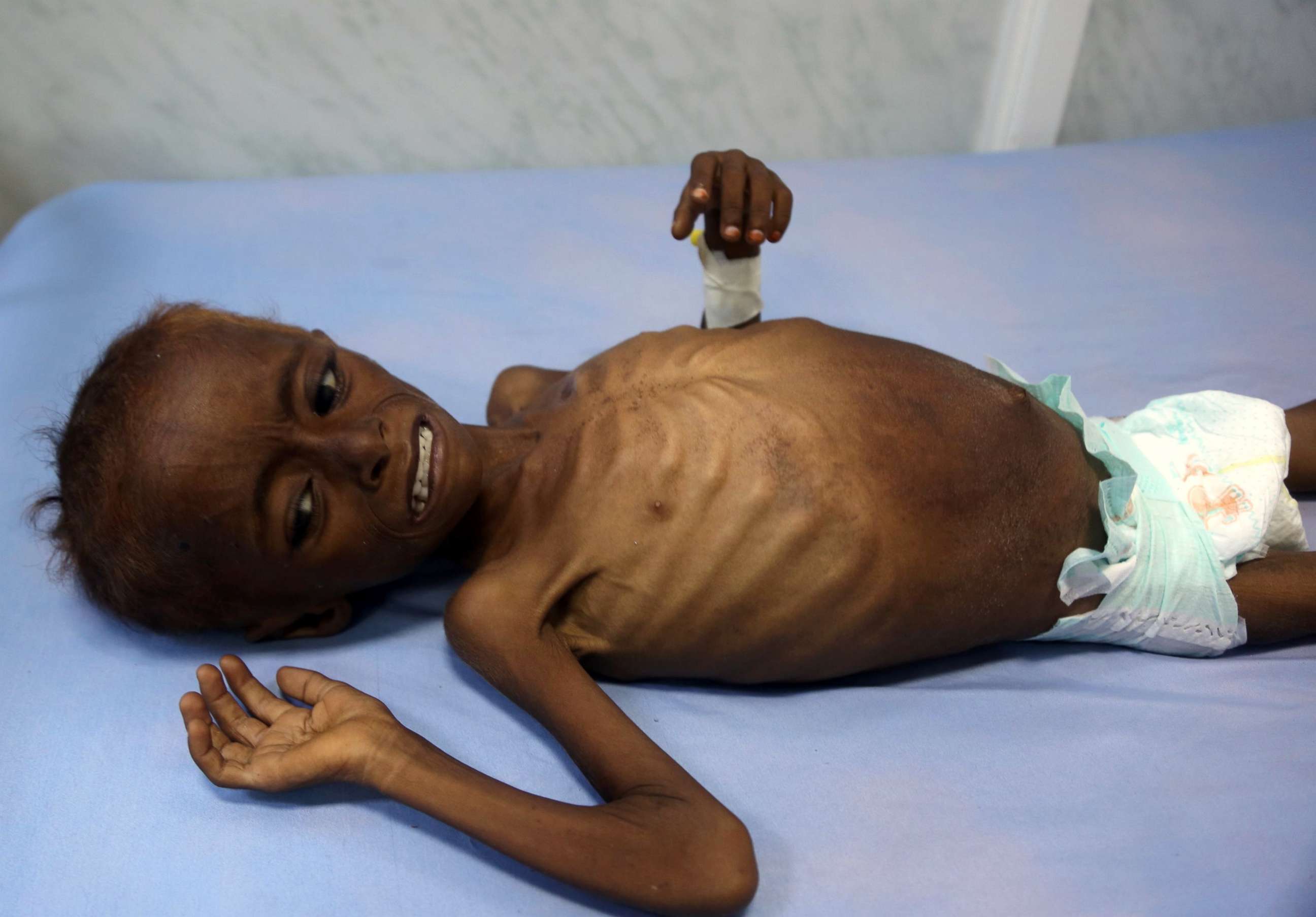Child Drivers In Yemen's War: A Humanitarian Crisis

Table of Contents
The Plight of Child Drivers in Yemen's War
Recruitment Tactics and Causes
The recruitment of child drivers in Yemen is a complex issue stemming from a confluence of devastating factors. Poverty, widespread lack of education, and the collapse of essential services leave many children incredibly vulnerable. Armed groups exploit this vulnerability, employing manipulative tactics to recruit children.
- Coercion and Threats: Armed groups often coerce children into service through threats against their families or communities.
- Financial Incentives: Desperate families may be lured by the promise of financial support, even if it means sacrificing their child's safety and well-being.
- Ideological Indoctrination: Some groups use propaganda to convince children that their participation is necessary or patriotic.
- Abduction: In some cases, children are simply abducted from their homes or communities.
The exact number of child drivers in Yemen is difficult to ascertain due to the ongoing conflict and limited access to affected areas. However, reports from human rights organizations suggest the numbers are alarmingly high, with children from marginalized communities disproportionately affected. The lack of reliable data underscores the urgent need for better monitoring and documentation.
The Dangers Faced by Child Drivers
Physical Risks
Child drivers in Yemen face constant and extreme physical danger. Their roles expose them to the brutal realities of warfare, with potentially fatal consequences.
- Exposure to Combat: Children are often positioned in the front lines, driving vehicles through active battle zones.
- Landmines and Explosives: The widespread presence of landmines and unexploded ordnance poses a significant threat.
- Airstrikes and Artillery Fire: Children are at high risk of injury or death from aerial bombardment and shelling.
- Vehicle Accidents: Lack of training and experience, coupled with the poor condition of vehicles, significantly increases the risk of accidents.
Stories abound of children suffering severe injuries, including amputations, burns, and traumatic brain injuries. The lack of adequate medical care in conflict zones further compounds these risks.
Psychological Trauma
Beyond the physical dangers, the psychological impact on child drivers is devastating. Witnessing violence, participating in warfare, and experiencing the constant threat of death leave indelible scars.
- Post-Traumatic Stress Disorder (PTSD): Many child drivers suffer from PTSD, characterized by flashbacks, nightmares, and intense anxiety.
- Depression and Anxiety: The trauma of their experiences can lead to persistent depression, anxiety, and social isolation.
- Long-term Psychological Consequences: The psychological damage can affect their ability to form healthy relationships, engage in education, and lead fulfilling lives.
These long-term consequences demand immediate and comprehensive mental health support.
The Humanitarian Response and Challenges
International Efforts
International organizations, including UNICEF and UNHCR, are working to address the issue of child soldiers in Yemen, implementing crucial rehabilitation programs and advocating for greater protection.
- Reintegration Programs: These programs aim to provide psychosocial support, education, and vocational training to help children reintegrate into society.
- Advocacy and Monitoring: International organizations actively advocate for the protection of children in conflict zones and monitor violations of international humanitarian law.
However, these efforts face significant challenges.
Challenges in Protecting Child Drivers
Protecting child drivers in Yemen presents immense difficulties.
- Limited Access to Conflict Zones: The ongoing conflict and security concerns restrict access to areas where child soldiers are active, hindering rescue and rehabilitation efforts.
- Complex Political Landscape: The complex political dynamics and the involvement of multiple armed groups make it challenging to negotiate releases and ensure protection.
- Lack of Resources: The scale of the humanitarian crisis and the limited resources available significantly hamper the effectiveness of interventions.
Greater international cooperation, increased funding, and a concerted effort to enforce international laws against the recruitment and use of child soldiers are crucial to addressing this challenge.
Conclusion
The crisis of child drivers in Yemen is a stark reminder of the devastating consequences of armed conflict on children. The recruitment of children as drivers exposes them to unimaginable physical and psychological risks, leaving lasting scars. International efforts are underway, but significant challenges remain. The need for a comprehensive humanitarian response, including robust protection mechanisms, rehabilitation programs, and accountability for those responsible, is urgent. The crisis of child drivers in Yemen demands immediate and sustained global attention. By supporting organizations dedicated to protecting children in conflict zones, we can help bring an end to this horrific practice and ensure a safer future for vulnerable children. Learn more and get involved today!

Featured Posts
-
 Gypsy Rose Blanchard Life After Lockup Full Episodes And Updates
May 06, 2025
Gypsy Rose Blanchard Life After Lockup Full Episodes And Updates
May 06, 2025 -
 Patrick Schwarzenegger Cruises La In His Vintage Bronco
May 06, 2025
Patrick Schwarzenegger Cruises La In His Vintage Bronco
May 06, 2025 -
 Where To Find Sabrina Carpenter Skins In Fortnite
May 06, 2025
Where To Find Sabrina Carpenter Skins In Fortnite
May 06, 2025 -
 Daughter Of Demi Moores Regrettable Comment On Ex Stepfather Ashton Kutcher
May 06, 2025
Daughter Of Demi Moores Regrettable Comment On Ex Stepfather Ashton Kutcher
May 06, 2025 -
 Make The Most Of Your Independence Day Weekend A Practical Guide
May 06, 2025
Make The Most Of Your Independence Day Weekend A Practical Guide
May 06, 2025
